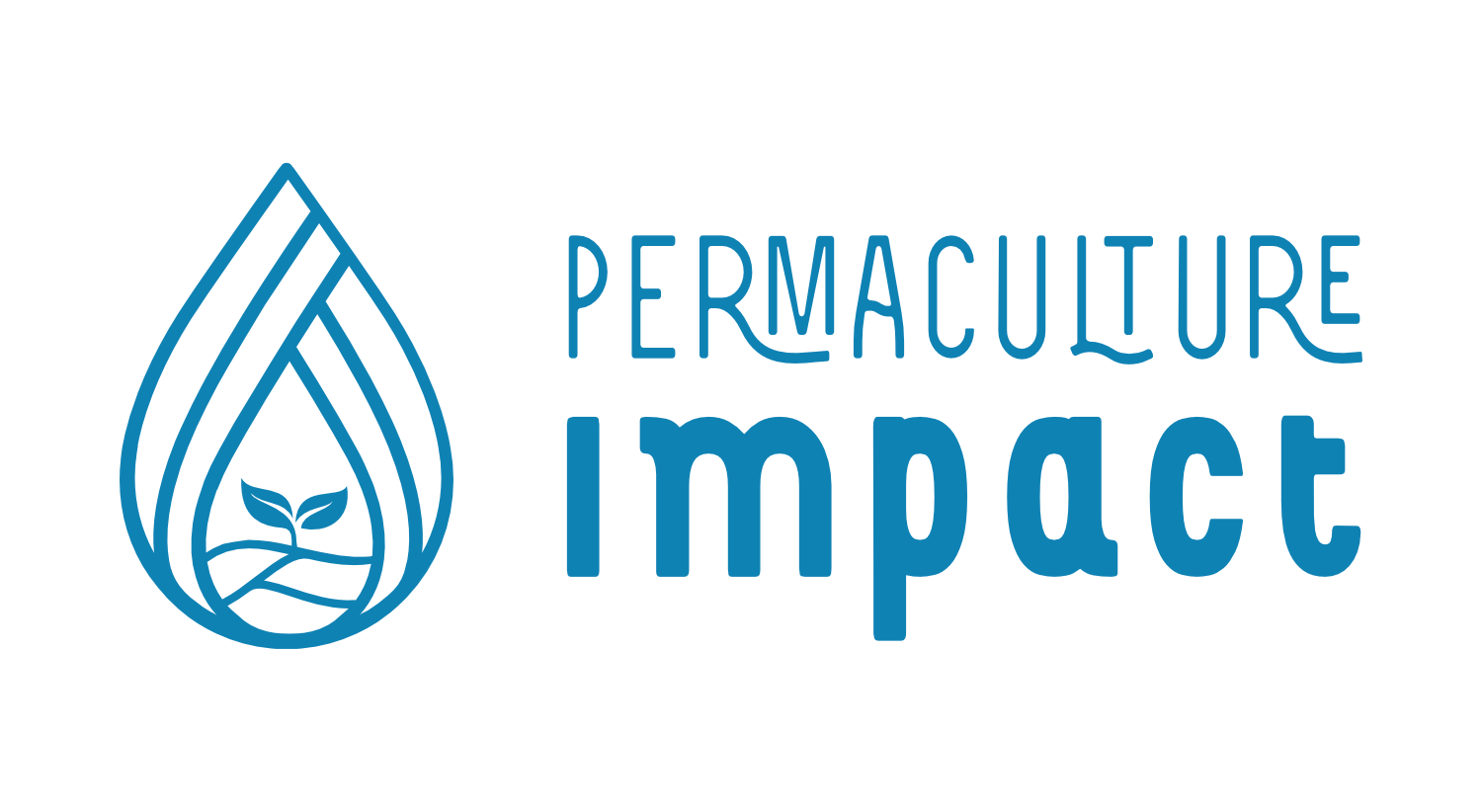Qualitative and quantitative data (overview and examples of methods)
Data are a collection of discrete or continuous values that convey information, describing the quantity, quality, fact, statistics, other basic units of meaning, or simply sequences of symbols that may be further interpreted formally. (source: wikipedia)
When you’re evaluating a project, it’s important to understand the types of information, or data, you can collect. There are two main kinds:
1- Quantitative data
Quantitative data is about numbers. It answers questions like “How many?”, “How often?”, or “How much?” For example:
- 50 households attended a training session.
- Crop yields increased by 20% after implementing a new technique.
- 85% of participants reported better food security after six months.
These numbers help us measure changes and compare results.
2- Qualitative data
Qualitative data is about words, ideas, and stories. It answers questions like “Why?” or “How?” and gives us a deeper understanding of people’s experiences. For example:
- A farmer shares how switching to organic practices improved their family’s health.
- Community members explain why they prefer one method over another.
- Participants describe the challenges they face in accessing training sessions.
Both types of data are valuable. Quantitative data shows us the big picture, while qualitative data helps us understand the human side.
Simple Methods to Collect Data
Examples of quantitative methods (numbers):
- Surveys: Ask people specific questions, like how often they use a new tool.
- Observation: Count how many people attend a community event.
- Records: Track data like crop yields or water usage.
Examples of qualitative methods (stories):
- Interviews: Sit down with someone and ask about their experiences.
- Focus groups: Have a conversation with a small group to hear different perspectives.
- Field notes: Write down what you see and hear during a visit.
Why Use Both?
Imagine you’re running a community garden project. Quantitative data can tell you how many families are involved or how much food is being grown. But qualitative data can reveal why families joined the garden and how it’s changing their lives.
Together, these types of data give you a fuller picture of your project’s impact!
